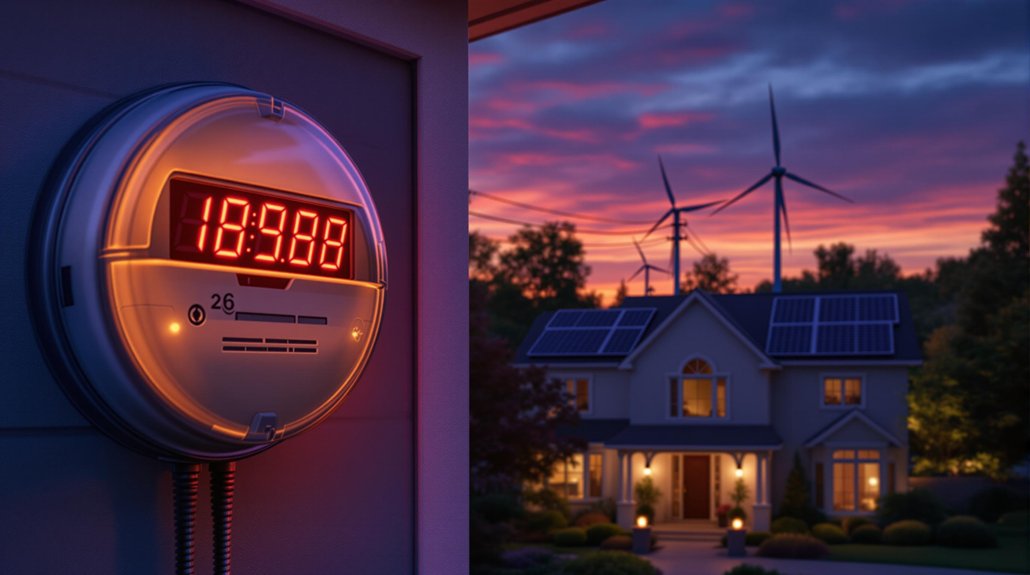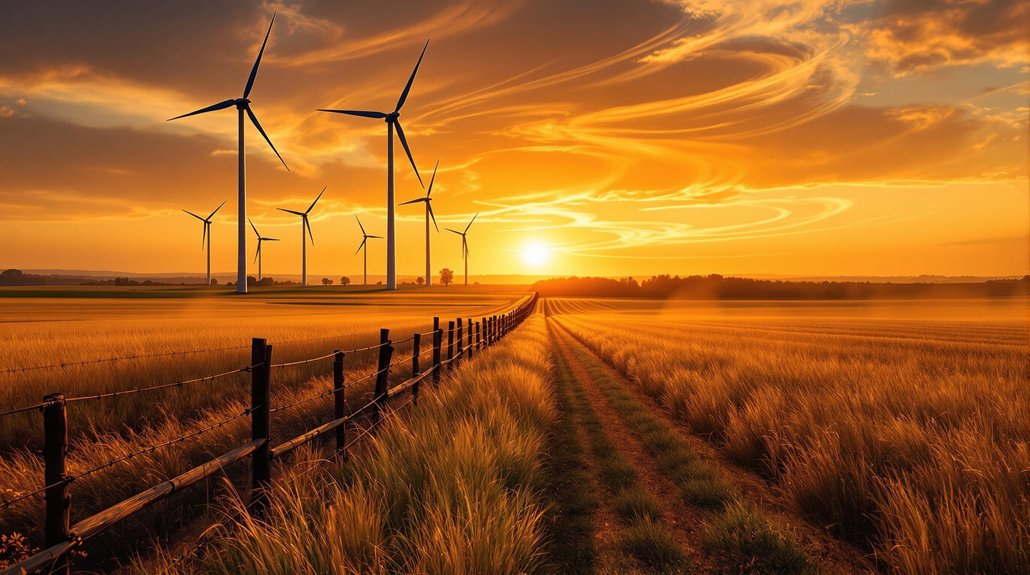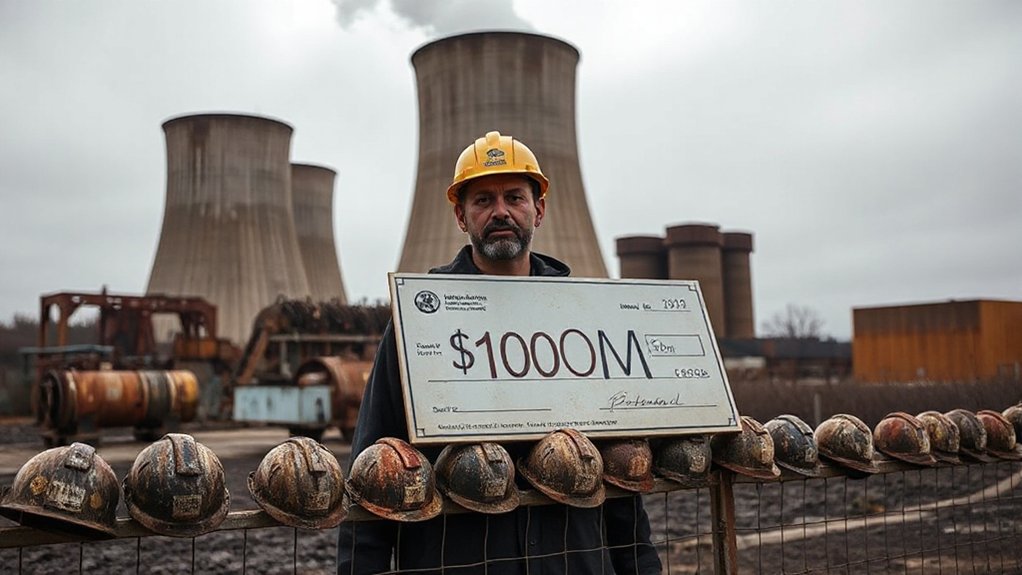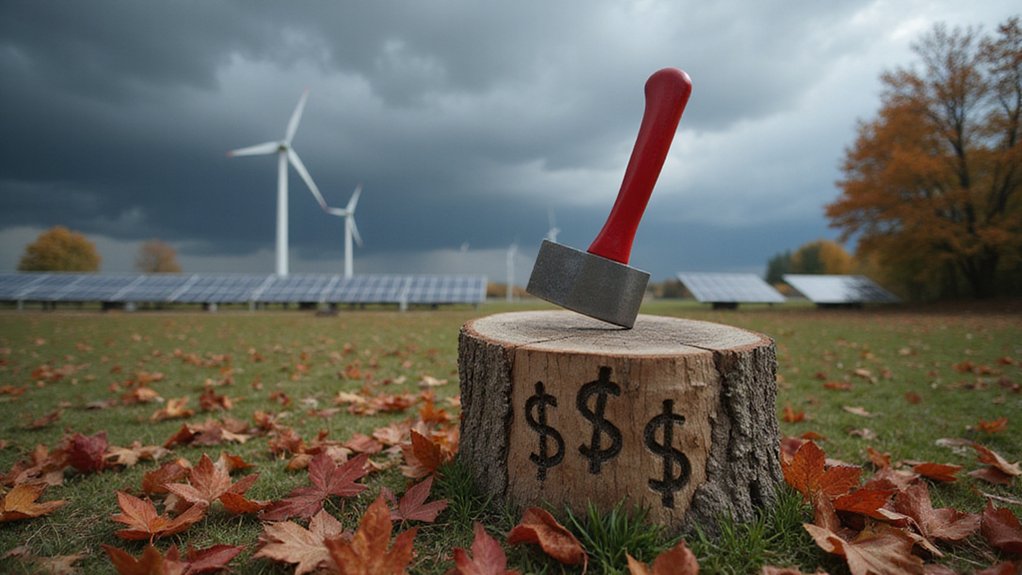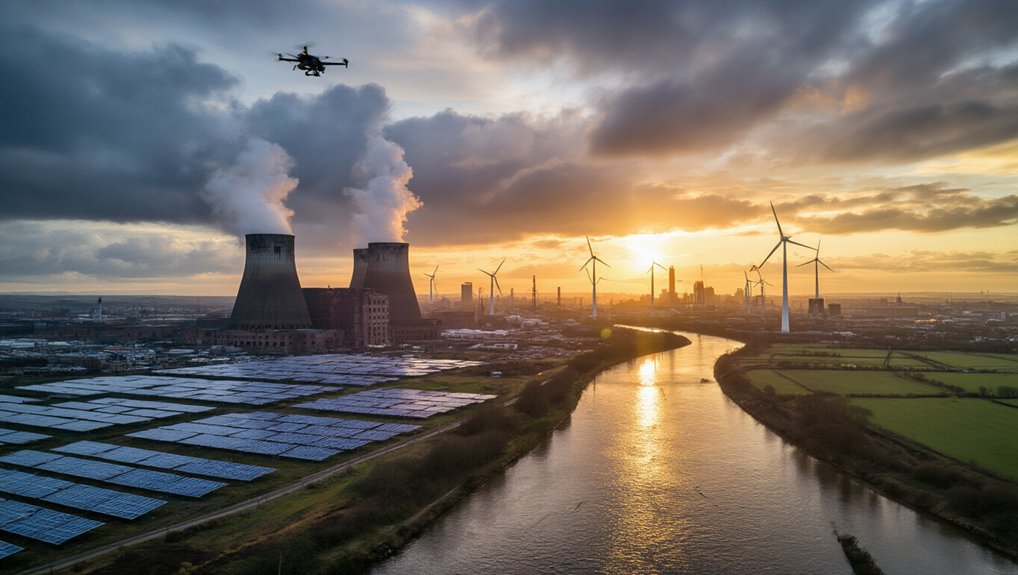New Jersey residents face a harsh reality as electric bills may jump by 20% next June. Governor Murphy’s plan for 100% clean energy by 2050 hits roadblocks amid rising energy costs. The state now ranks as the 5th most expensive for electricity, up from 12th previously. Experts point to insufficient renewable infrastructure and market auction problems as key factors. Families and businesses wonder how they’ll manage these unexpected financial burdens while the green shift stalls.
Governor Murphy’s ambitious plans for a greener New Jersey are facing serious challenges as residents brace for a steep increase in their electric bills. Starting in June 2025, households across the state will see their electricity rates jump by 17-20%, adding nearly $26 per month to the average bill.
This increase will push New Jersey from being the 12th most expensive state for electricity to the 5th most costly in the nation. The price hike follows results from the annual Basic Generation Service auction, which determines electricity rates for the coming year.
The increases vary by service provider, with JCP&L customers facing the steepest rise at 20.20%. A typical JCP&L household using 777 kilowatt-hours monthly will see bills climb by nearly 20% starting June 1. Other providers show similar increases: ACE (17.23%), PSE&G (17.24%), and RECO (18.18%).
Several factors are driving these higher costs. Growing energy demand in the region, partly from new data centers, is straining the system. There are also delays in connecting new energy resources to the PJM grid that serves New Jersey. Market problems and regulatory challenges are pushing up capacity costs too.
The New Jersey Board of Public Utilities (NJBPU) has limited ability to control these prices since they come from auction results. The final auction prices start high and decrease until suppliers withdraw, with the competitive pricing system directly passing costs to ratepayers. Rate Counsel representatives have expressed concern about the financial burden these increases place on families and small businesses.
These rate hikes come as Governor Murphy pursues his Energy Master Plan, which aims for 100% clean energy by 2050. Critics point to slow progress in building renewable energy infrastructure and modernizing the grid. While the state aims to increase renewable energy capacity, the weather dependency of solar and wind power remains a significant challenge for grid reliability.
Meanwhile, supporters argue these price increases are temporary challenges in the long-term shift toward sustainable energy. The NJBPU encourages residents to contemplate energy efficiency measures to reduce costs. For those seeking alternatives, solar panel installation costing approximately $12,800 could eliminate monthly electric bills entirely.
Public advocacy groups are calling for more support for low-income assistance programs as families struggle with these additional costs on top of other economic pressures.
